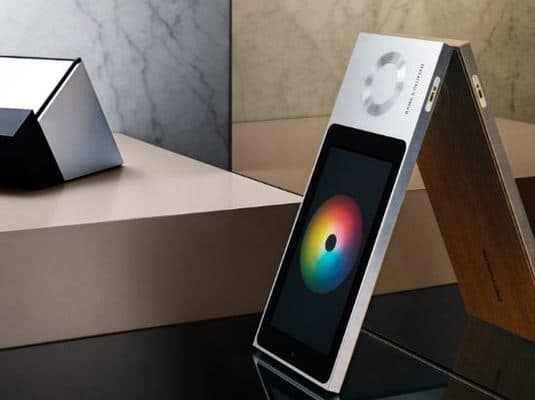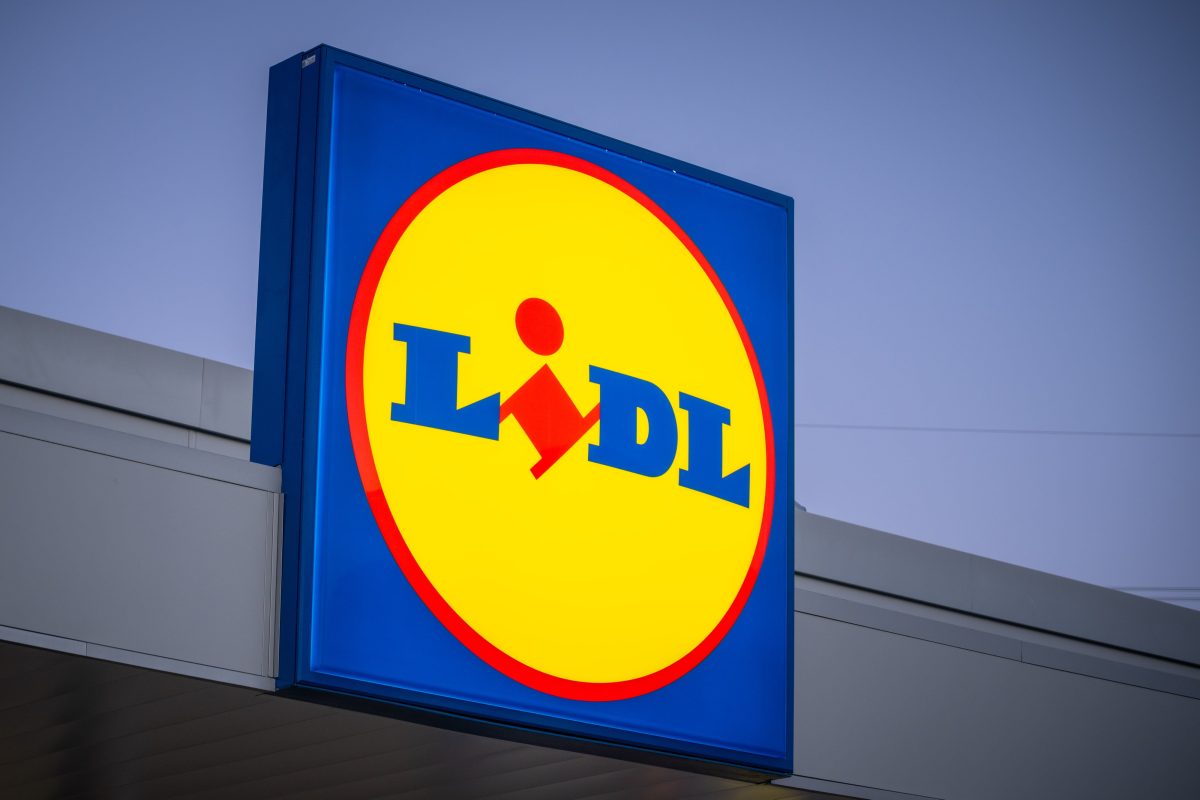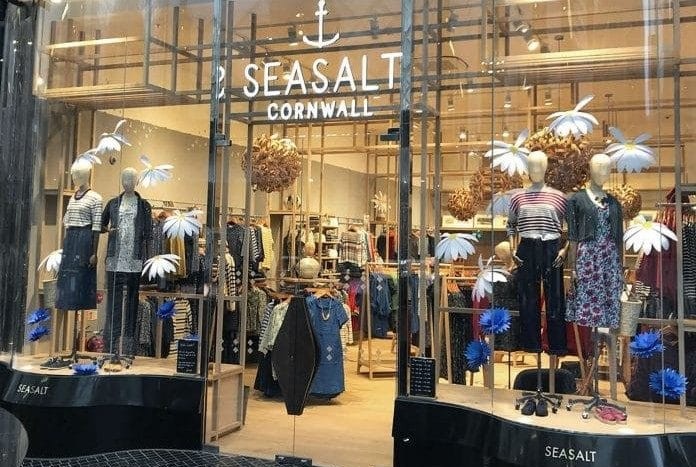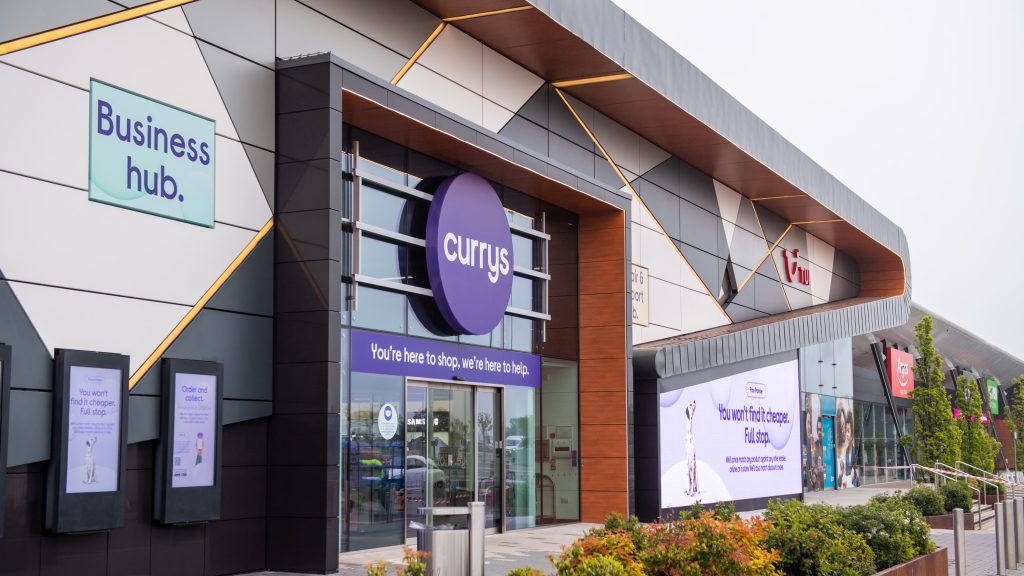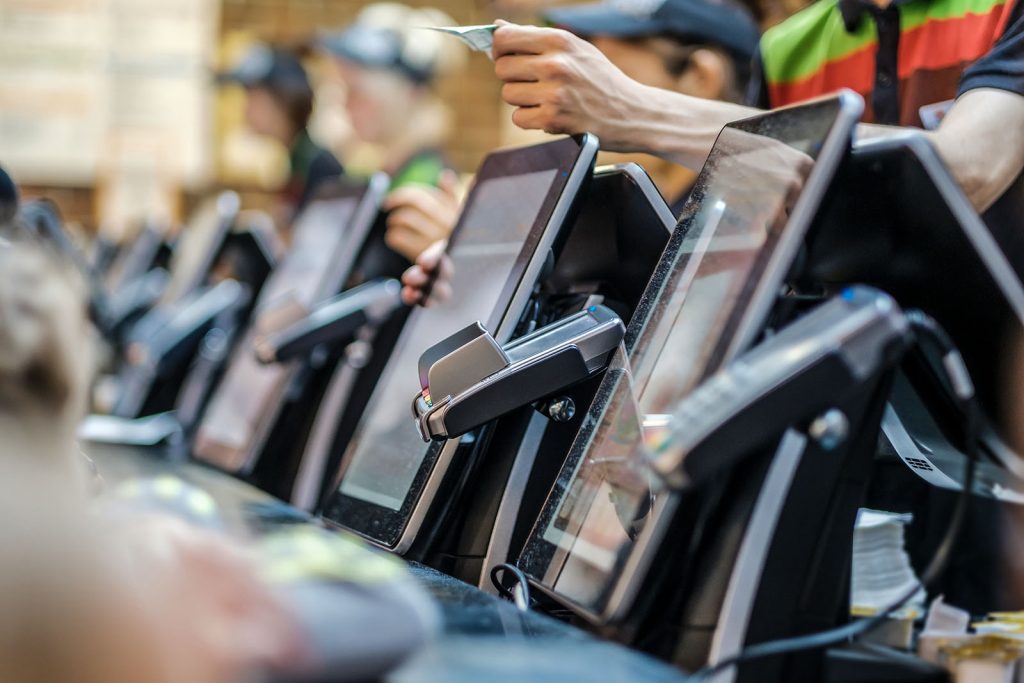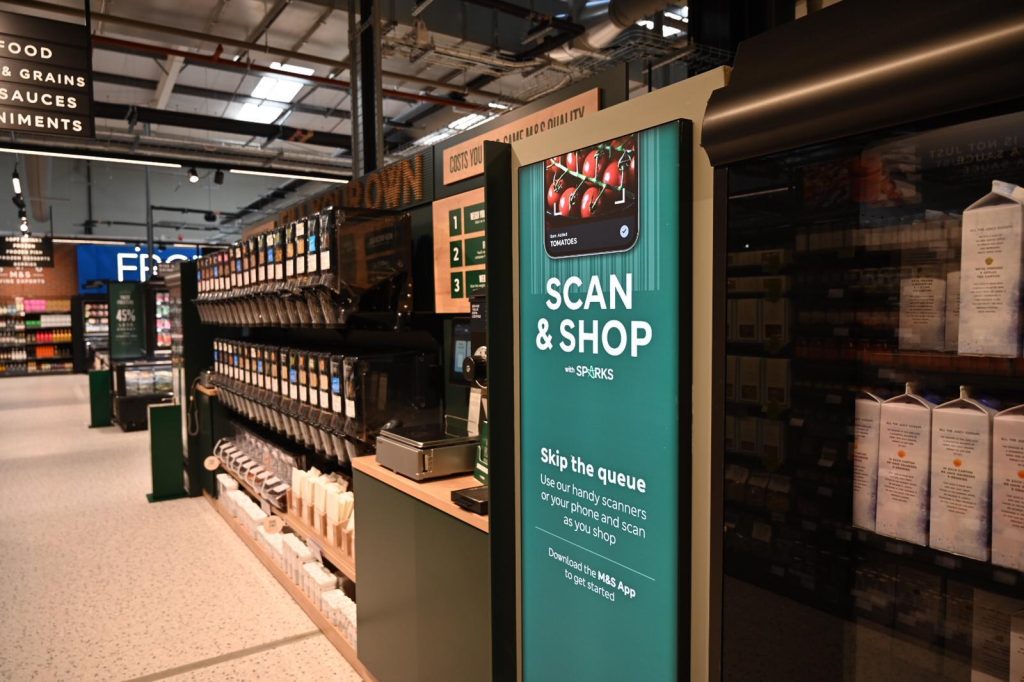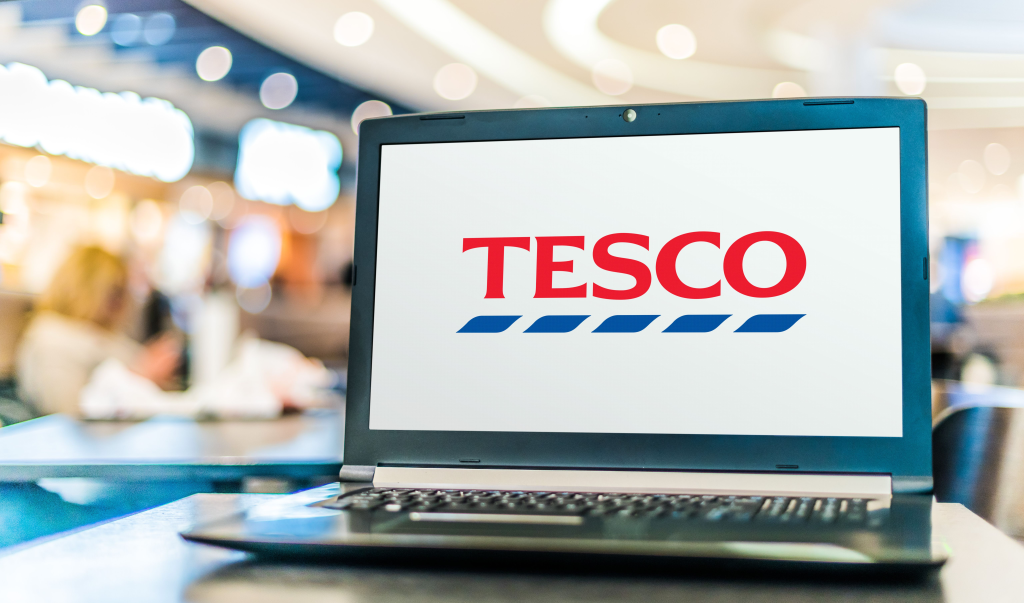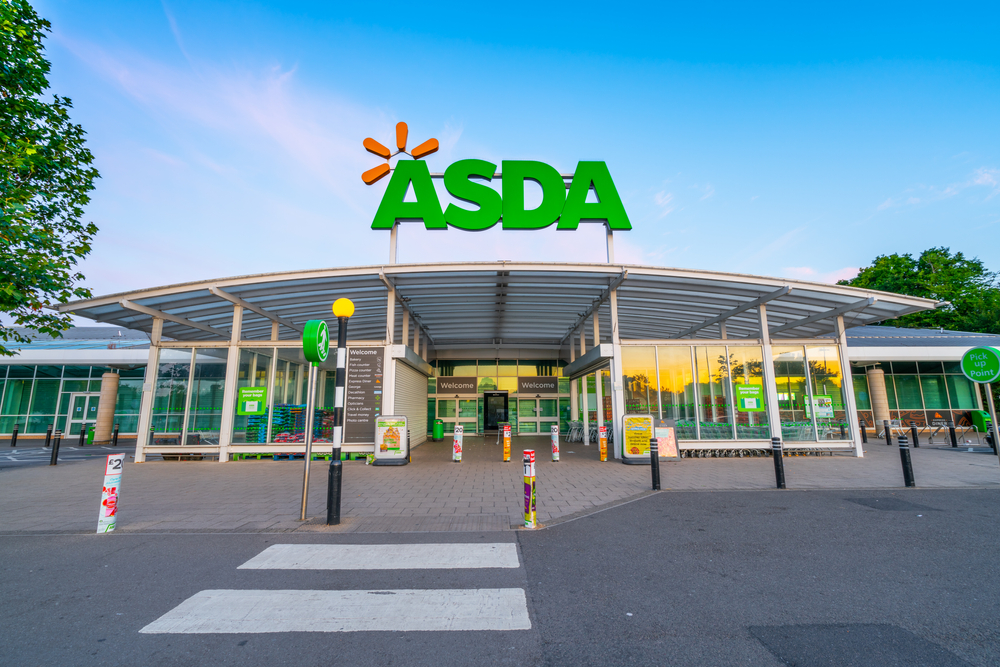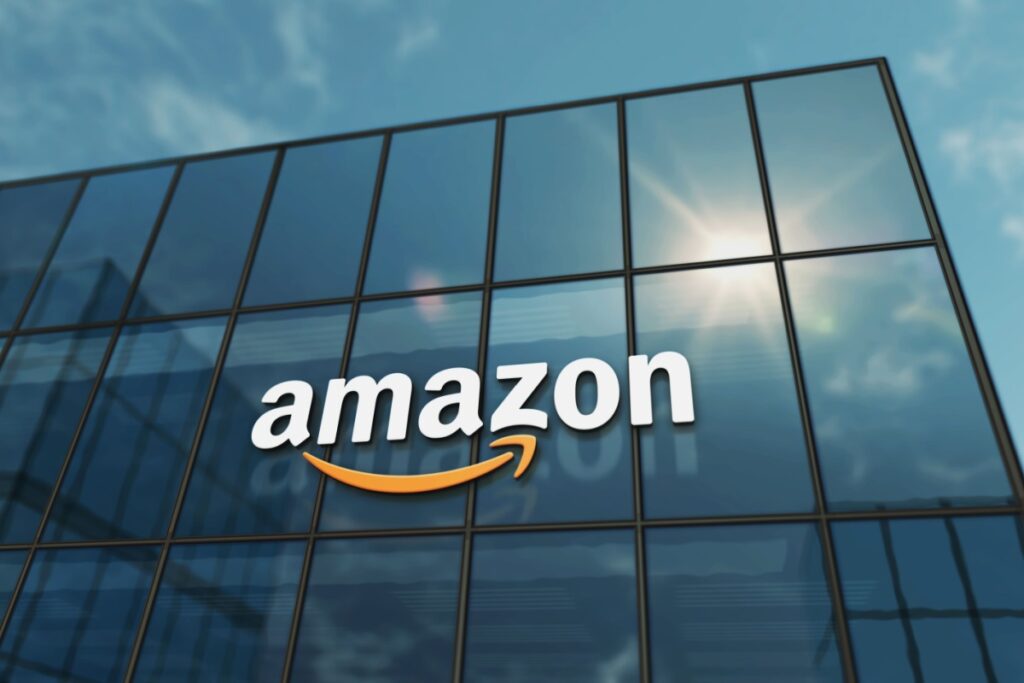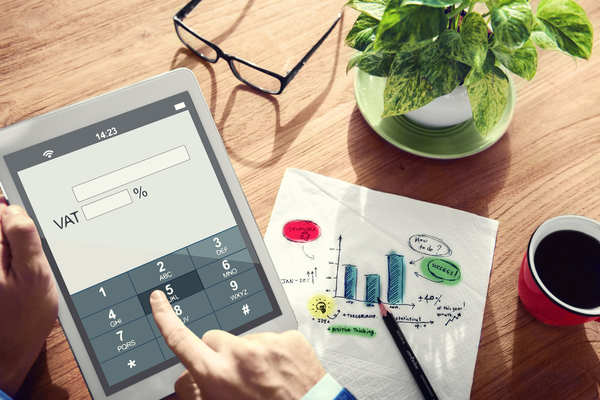Embracing change is important in any industry and retail is no exception. Mass adoption of new technologies has had a dramatic influence on the way consumers shop and has created new platforms for both browsing and purchasing. While online and mobile shopping is increasingly important for time-poor consumers, the significance of the in-store customer experience can‘t be swept aside. It is now, in fact, more important than ever before.
Stores must adapt and evolve to provide the experience that consumers want. A number of high street stores have fallen on hard times in recent years as they haven‘t embraced technology and evolved with the consumer. The rise and ease of new technology shouldn‘t be seen as a threat to the traditional retail space. It is an opportunity for stores to interact with consumers and provide an enjoyable experience to reflect and showcase their brand, giving people a reason to leave the comfort of online shopping.
Creating a luxury shopping experience:
Brands must provide customers a reason to come in-store. They crave a beneficial experience that evokes the senses and alleviates them from their busy lifestyles. It‘s the emotion that occurs in-store when in contact with the product that really drives purchases. With consumers looking for a great experience from start to finish in-store, a tailored and customised service is integral to this. In order to attract customers to visit a physical store and spend money, they require a professional and efficient service. In-store technology can aid the speed of service and provide an enjoyable experience. Although online and mobile platforms provide round-the-clock opportunities for purchasing, when customers shop in-store they receive quality one-on-one time with sales people who understand and can showcase the product.
Although important for all areas of retail, the ability to try before you buy in the luxury sector is particularly key. If you‘re spending significant amounts of money on a product, you can‘t just rely on what you see online. The internet is great for product research, but the physical in-store retail experience is crucial to sealing the deal. It‘s no longer a ‘clicks-versus-bricks‘ debate. The successful retailers know that it‘s not a one or the other situation – both are necessary.
The integration of digital:
Technology is significantly impacting the industry with 80 per cent of retail CEOs ranking ‘technological advances‘ as one of the global trends that will transform their businesses in the next five years, according to PwC. With the surge of digital adoption, technology is a positive change for retail and is reviving the in-store experience. The ability to interact with innovative designs and products is allowing brands to show-off the best of their goods.
A hands-on experience in-store is important for customer interaction. If you‘re investing in a top quality item, getting a feel for the product is key. Technology enables retailers to showcase their products and immerse consumers with the brand. The brands that are using technology to create opportunities and provide the optimum experience for customers, are evolving with the consumer. Burberry, for example, opened their London flagship store in Regent Street in 2012, raising the bar for what an in-store experience should look and feel like. By taking concepts from their website and applying them to the store, Burberry has created a masterpiece where ‘the digital world meets the physical‘, reflecting the brand‘s high-end reputation. Evoking a range of senses with the use of touch screen and large digital displays, Burberry is giving its customers a reason to go in-store and get the immersive experience that you wouldn‘t receive online.
The rise of e-co


